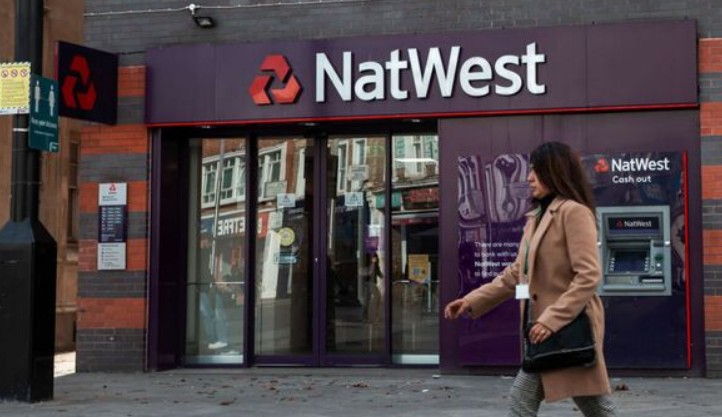NatWest Group has posted a sharp 18% rise in first-half profits, defying market expectations and underlining its strong position in a challenging economic climate. The bank reported pre-tax profits of £3.6 billion for the six months ending 30 June 2025, beating the forecast of around £3.46 billion from industry analysts.
The lender’s performance was bolstered by higher interest income, a growing loan book, and its recent acquisition of Sainsbury’s Bank assets. Net interest income surged by 15% to £4.543 billion, driven by favourable deposit margins and an improved balance sheet position.
Surging Profits and Improved Returns
Attributable profit for the period came in at approximately £2.5 billion. Earnings per share rose 28% to 30.9p, while return on tangible equity – a key metric of profitability – hit 18.1%.
In a sign of confidence, the bank announced a 9.5p interim dividend along with a fresh £750 million share buyback programme.
NatWest’s strong H1 2025 results deliver a sharp 18 per cent rise in pre-tax profits to £3.6 billion, exceeding analyst forecasts, while earnings per share rose 28 per cent to 30.9p. The bank upgraded its full‑year guidance and unveiled a £750 million share buyback alongside a 9.5p interim dividend.
Group income climbed to £6.36 billion – a rise of nearly £500 million year-on-year. This came despite a 5% decline in non-interest income, which slipped to £1.817 billion, largely due to lower economic hedging gains and reduced property-related revenues.
Operating expenses remained stable at £3.449 billion, allowing NatWest to cut its cost-to-income ratio from 59.0% last year to 54.2%. However, impairments increased to £351 million, reflecting one-off charges linked to the Sainsbury’s Bank acquisition and adjustments in its commercial lending portfolio.
Performance Across Divisions
NatWest’s Retail Banking division performed strongly, with operating profit rising to £1.251 billion. Net interest income surged on the back of margin improvements and the inclusion of Sainsbury’s Bank customers.
The group also continues to see growing demand across its personal savings products, with more customers exploring options for the Best NatWest Savings Account amid shifting interest rates.
The Commercial and Institutional arm also fared well, delivering £1.205 billion in profit. This was supported by lending growth and solid deposit margins, though non-interest income was weaker.
Meanwhile, Private Banking and Wealth Management saw operating profits increase to £201 million, up from £139 million a year earlier, helped by higher assets under management and improved customer margins.
The bank’s lending portfolio expanded by £11.6 billion, with £2.2 billion of that attributed to the Sainsbury’s Bank acquisition. Customer deposits grew by £4.5 billion over the period, bringing the total to £319.9 billion. This maintained a healthy loan-to-deposit ratio of 97%.
NatWest’s Common Equity Tier 1 (CET1) capital ratio remained strong at around 13.6%, while tangible net asset value per share rose to 351p.
Upgraded Forecast and Market Confidence
Following the results, NatWest raised its guidance for the full year. It now expects a return on tangible equity above 16.5% and group income (excluding one-off items) to exceed £16 billion for 2025.
“We have today upgraded our income and returns guidance for 2025, as well as announcing a 9.5p interim dividend and a £750 million share buyback,” the group confirmed.
These results mark NatWest’s first major financial update since the UK government completed the sale of its remaining stake in the bank earlier this year, bringing an end to the state ownership that followed the 2008 financial crisis.
The bank’s continued investment in digital services, coupled with tighter risk controls and a more focused strategy, appears to be paying off. However, with competition heating up in the retail and commercial banking space, NatWest will need to keep a steady hand to maintain its momentum.
Still, its strong capital position, growing customer base and upgraded profit outlook give investors and analysts plenty to be optimistic about.






